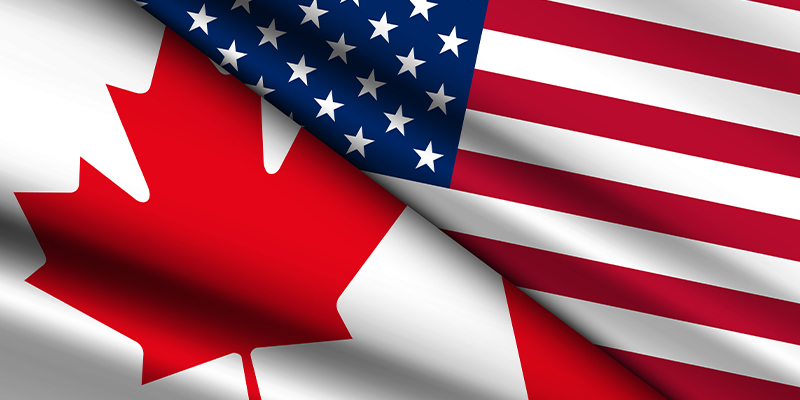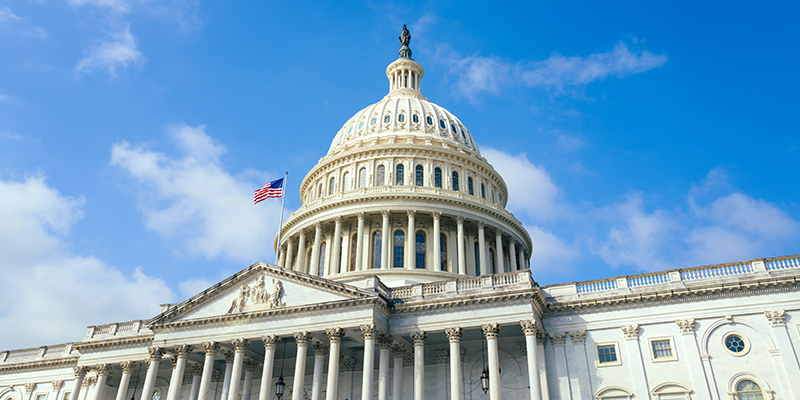By Paul Brown
Last week, Canada elected the Liberal Party to a fourth consecutive term in power but with a new leader, Mark Carney, to serve as the nation’s prime minister. This week, Carney came to the White House to address the mayhem caused by President Donald Trump’s attack on Canada’s longstanding trade agreement with the U.S. and Mexico (we call it CUSMA, Americans call it USMCA, and I will refer to it NAFTA) and the president’s provocative comments about Canada’s sovereignty.
Carney is a neophyte politician but deeply experienced in public policy, having served as the governor of the Bank of Canada, the governor of the Bank of England and as an advisor to Canada’s last prime minister, Justin Trudeau. Before entering politics, Carney served as the chair of the board of Brookfield Asset Management, a Canadian company with extensive global holdings including in the United States, and as the chair of a United Nations committee focused on climate change.
We can expect that the next 6 months of the Canadian/U.S. relationship will be focused on a renegotiation of the NAFTA agreement with Mexico. It was due to expire in 2026, but the actions of the U.S. president make it a priority item. We expect that the trade negotiations will expand to broader discussions on security and defence issues both related to our borders and NORAD (the North American Aerospace Command where Canada and the U.S. are partners). The highlight of the negotiations will likely be the free movement of goods and people; the longstanding auto pact that goes back to the 1960s; energy issues ranging from oil and gas, electricity and pipelines; natural resources including mining and forestry (a big issue for the U.S. housing sector); and economic sectors like telecommunications and finance, where technology may have changed the negotiating position of the respective parties.
Housing was a major issue in the election and the Liberals promised several initiatives to increase the provision of housing in Canada; NAIOP made this a top priority. The initiatives include tax incentives, increased support for municipal housing policy, and direct federal investment in real estate development. Look for federal support for Canadian municipalities that are rezoning properties from office to residential or mixed-use zoning. In addition, the U.S. trade battle has resulted in a Canadian focus on removing trade barriers between Canada’s provinces, a new commitment to building a West-East pipeline for natural gas, and a look at ways to reduce a Canadian reliance on the United States both on matters of trade and foreign policy.
As the Canada and U.S. negotiations move forward, NAIOP and its members have an opportunity to play a role in participating on both sides of the border. Many of our members have cross-border investments or rely on materials and people moving across the border. Ensuring that both governments consider the interests of NAIOP members in a renegotiation of NAFTA will be important.
A deeper dive into the recent Canadian federal election, prepared by Campbell Strategies, looks at the election from the point of view of my jubilant colleague Barry Campbell, a former Liberal member of Parliament and supporter of Prime Minster Carney, and me, a Conservative who is weary of losing federal election campaigns even if we did add many seats in Canada’s House of Commons. Alas, at least the Toronto Maple Leafs made it through the first round of the Stanley Cup playoffs.








